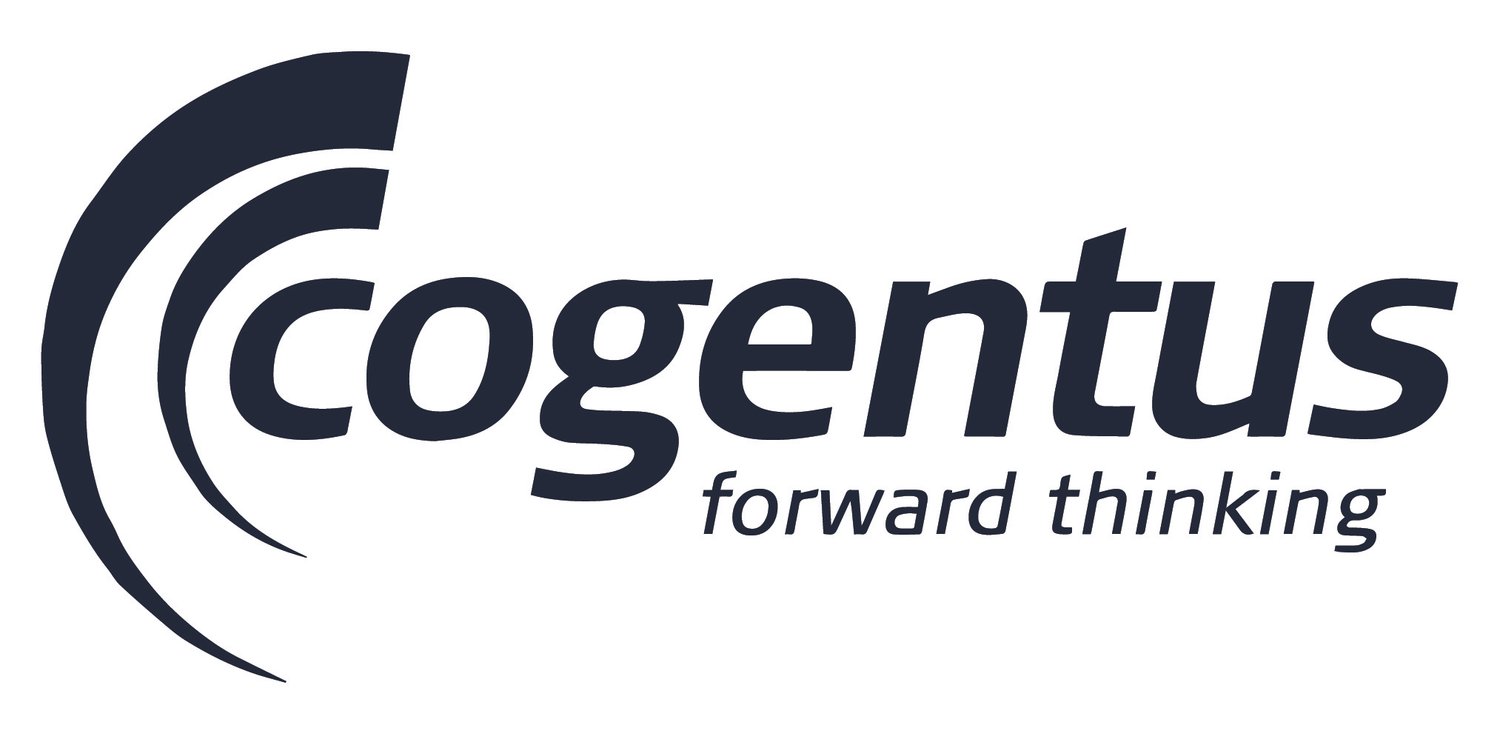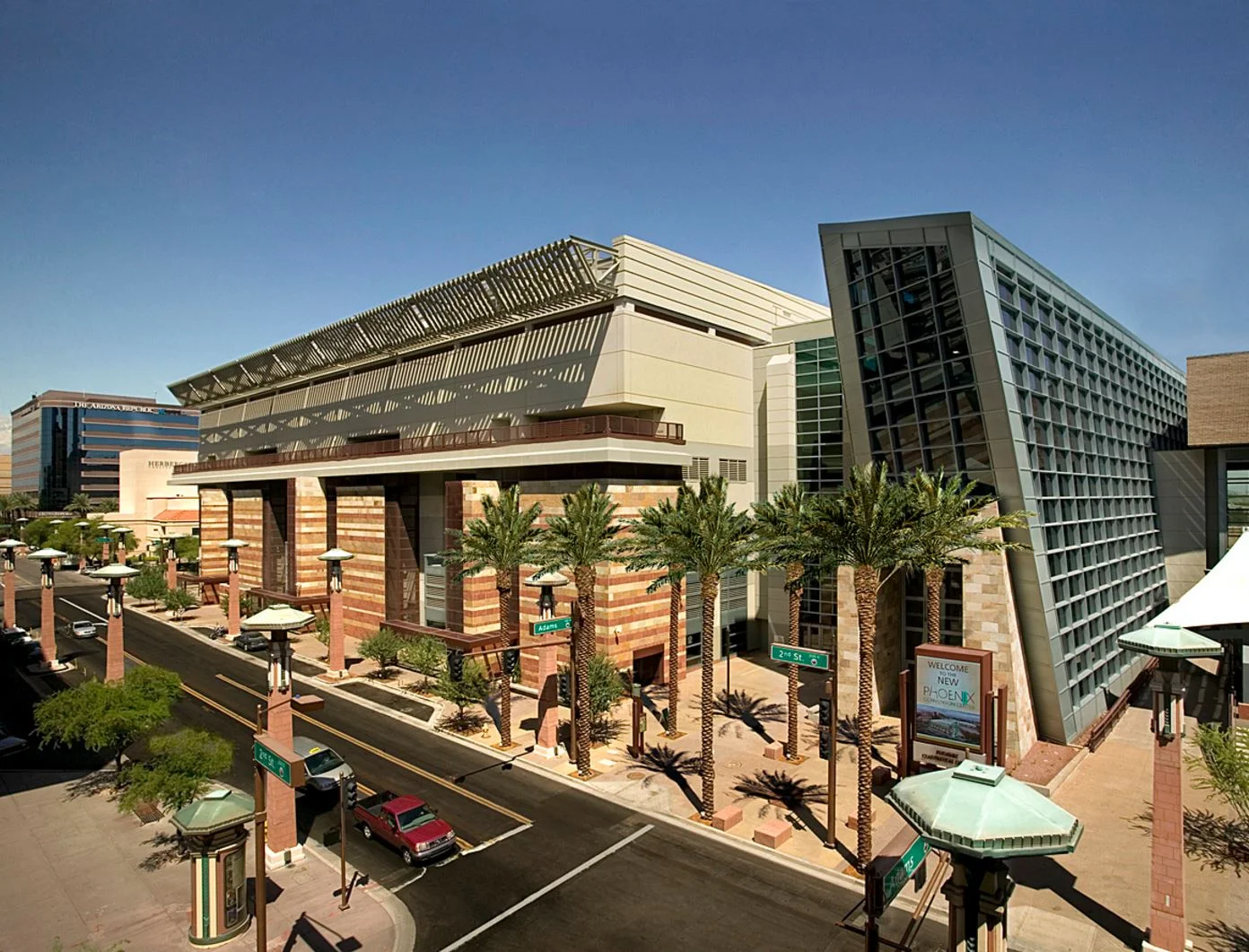This is Phoenix.
I'm at the 43rd Waste Management Conference and the conference program says there are 2,000 attendees from 30 countries and over 450 papers to be presented. So it is a pretty big event and I should get my steps in. This blog gives my view on the conference, but as it is so large you cannot go to every presentation and there is always something interesting that clashes unfortunately.
The main aim is to meet friends and colleagues and to catch up what's new with technology development. I obviously like to make sure our technology databases are up to date with the latest innovations and use cases.
After registration, the morning was taken up with looking around the exhibit hall. All the large organisations seem to be represented but this year there was also a small business area (table top displays). There was also a section devoted to research in robotics from a number of universities and national labs. The feature country this year was Japan.
The afternoon session I attended was all about Robotics and Remote Systems. The first two presentations were from CMU and Purdue - universities that do a lot of research into robotics. They talked about their work on modular platforms and snake robots for inspection. They had slightly different design concepts but were championing the concept of modular components so that robots can be built quickly and reconfigured if necessary. Modules also allow for quick replacement as well.
Adam (Mallion) from OC Robotics was up next explaining more about their Laser Snake, particularly the results from active work on the FGRP at Sellafield. He explained about the processes required to get the kit onto site and the steps required to get a safety case. A video of cutting the dissolver was also shown which was very interesting (it's already in the robotics database if you want to see it). The fact that the equipment could be removed from the active cell (with only the outer cover and tip left behind due to contamination) was a great result and the whole project seemed to have been completed in very quick time considering it was an active cell. There were plenty of interesting questions in the Q&A afterwards.
This was followed by Rob Buckingham (UKAEA/RACE) who gave an entertaining talk about robotics for fusion reactors. These devices need to operate in extremely high radiation fields in a very large area. Managing radiation and ensuring the robots can be maintained, as well as operate, is where a lot of clever design work is being done.
Finally, there was another presentation by Purdue talking about using UAVs for taking swabs from walls. They showed their inactive demonstration recently carried at Portsmouth GDP.
Japan hosted the close of day drinks that included some nice Japanese-style nibbles. They had a nice layout for their area of long wooden tables. It was very healthy and not a cupcake in sight!
Tonight's evening dinner was hosted by the now named DIT (Department for International Trade) and NNL. This was a sit down meal interspersed with a few speeches promoting the UK and emphasising the importance of sharing and collaboration.

